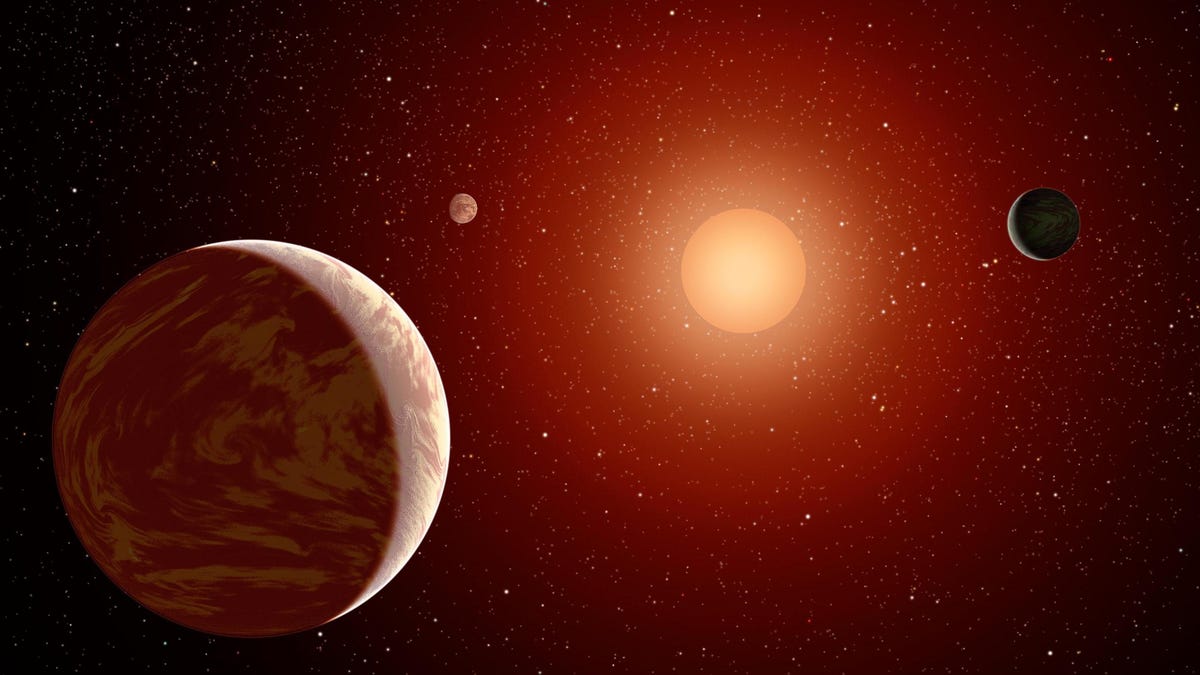'Broccoli Gas' Could Be a Clue to Life on Distant Planets
It's a gas, gas, gas.
The search for life beyond Earth is one of humanity's greatest quests. Scientists are working on expanding the parameters of that search by looking at new ways to evaluate the atmospheres of exoplanets, distant worlds from outside our solar system. A team of researchers is suggesting we start looking for "broccoli gas."
Broccoli gas is a catchy way to talk about gases generated by plants (including broccoli) and microbes as they expel toxins in a process called methylation. "Methylation is so widespread on Earth, we expect life anywhere else to perform it," said planetary scientist Michaela Leung in a University of California, Riverside, statement Monday.
Leung is the lead author of a paper in The Astrophysical Journal on how methylated gases on other worlds could be biosignatures -- chemical compounds that indicate the existence of life. In particular, the researchers zoomed in on methyl bromide as the best candidate due in part to the short time it lingers in the atmosphere. "If you find it, the odds are good it was made not so long ago -- and that whatever made it is still producing it," said Leung.
Methyl bromide also makes sense because it's most likely to come from a life-form and not from a nonbiological process.
It would be hard for our observatories to spot methyl bromide on a planet in a star system similar to Earth's, so the scientists recommend looking at systems that have smaller and cooler M dwarf stars instead of ones like our sun.
"An M dwarf host star increases the concentration and detectability of methyl bromide by four orders of magnitude compared to the sun," Leung said. Fortunately, M dwarf systems are common.
UC Riverside researchers have been busy contemplating all sorts of gases on exoplanets. They also led a study released last week that suggests looking for laughing gas as a sign of life. Scientists would love to test-drive these ideas and hope future telescopes will get to work on detecting these gases in the atmospheres of exoplanets.
Will we find alien broccoli some day? I sure hope so.


